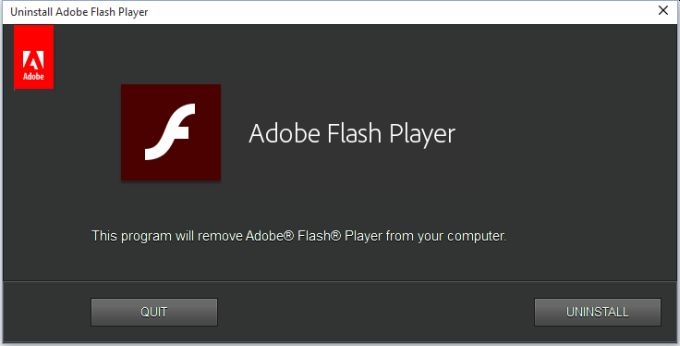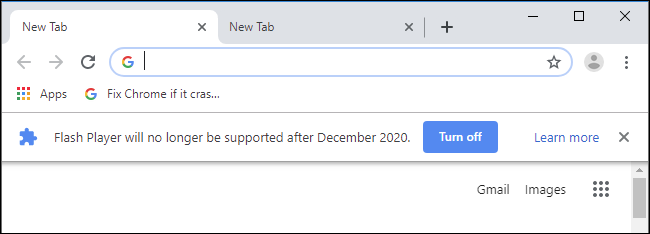Hello All. Most of you know who Malwarebytes is, endpoint product used to protect against malware. Many in the industry say is one of the best consumer products our there when compared to others like McAfee or Norton. In some unfortunate news, it looks like they may have suffered a cyber-breach similar in nature to that of the SolarWinds attack.
“Malwarebytes said its intrusion is not related to the SolarWinds supply chain incident since the company doesn’t use any of SolarWinds software in its internal network. Instead, the security firm said the hackers breached its internal systems by exploiting an Azure Active Directory weakness and abusing malicious Office 365 applications. Malwarebytes said it learned of the intrusion from the Microsoft Security Response Center (MSRC) on December 15. At the time, Microsoft was auditing its Office 365 and Azure infrastructures for signs of malicious apps created by the SolarWinds hackers, also known in cyber-security circles as UNC2452 or Dark Halo.”
“After an extensive investigation, we determined the attacker only gained access to a limited subset of internal company emails,” said Marcin Kleczynski, Malwarebytes co-founder and CEO.
Given the same threat actor that breached SolarWinds moved to weaponize the company’s software by inserting the Sunburst malware into some updates for the SolarWinds Orion platform, Malwarebytes has indicated that they have also performed a very thorough audit of all their products and associated source code, searching for any signs of a similar compromise or past supply chain attack.
“Our internal systems showed no evidence of unauthorized access or compromise in any on-premises and production environments. Our software remains safe to use,” Kleczynski added.
To read the statement from Marcin Kleczynski – visit http://bit.ly/2M8GVO0




